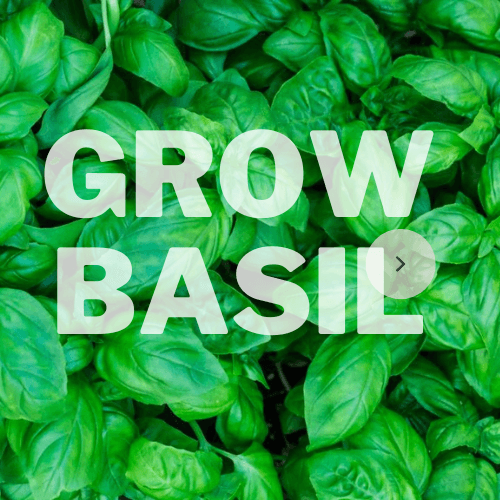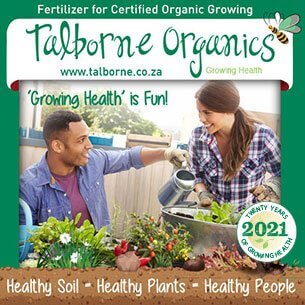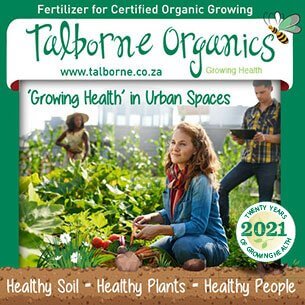Growing basil
How to grow basil
Grow basil fresh from home
Basil aka Ocimum basilicum is a popular annual herb that is used in Thai curries, salads, pizza, and pasta sauces to name but a few. Although sweet basil predominates the grocery shelves, growing your own allows you to experiment with a variety of other varieties and assures you are eating healthy organically grown fresh herbs that are pesticide free.
Where to plant and grow basil
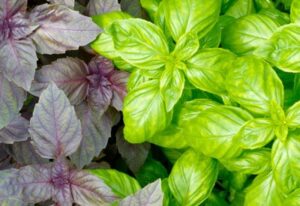
How to grow basil from seed.
If you sow basil seeds direct in garden beds.
If you sow basil seeds in trays or early in the season
Grow for life – Health tip:
Basil contains compounds that can lessen anxiety and sadness, improve your capacity for clear thinking, and reduce the danger of age-related memory loss.
Fun basil varieties to grow
Plant Cinnamon basil, for a tasty hint of cinnamon in your cooking.
Purple basil is another well know winner in every food garden. Purple basil is an interesting addition to food and makes an attractive colour in the garden. Try a steeping some purple basil in vinegar to give it an interesting colour and a fun talking point at the table.
Thai basil is another well-known favourite, add Thai basil to a dish for a sweet liquorice flavour.
Helpful tip:
Plant basil in a container if you want to have a good supply that lasts from early spring to mid-autumn and is easily accessible.
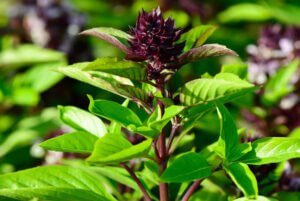
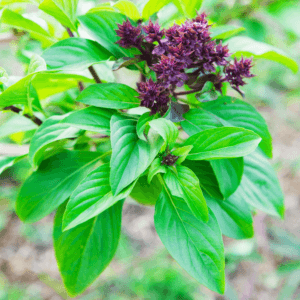
How to store fresh basil
Keep basil leaves fresh ffor up to three days in the fridge. Or keep sliced stems in a glass of water until you need them, these are a great subsitute for cutflowers two. Basil leaves can be frozen by being chopped, put in an ice cube tray, covered with water, and put in the freezer. Use in five months or less.
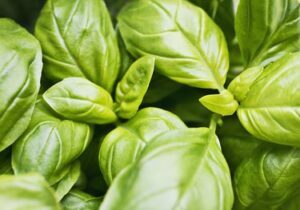
Common basil pests and diseases
Basil is also prone to snails and slugs and often gets infested by whitefly and red spider mite. threat basil plants with horticultural soap or neem oil for an organic edible pesticide.
How to care for basil once seedlings are mature
Keep the soil of your basil plants moist, but not wet. Moisture is good for basil plants, but overwatering will make them unhappy.
Use mulch around the plants if you live in a warm climate for easy solution to reduce watering requirements.
Prune basil seedlings by nipping off the growth tip of the plant to the second set when they have formed their first six leaves. As a result, the plants are encouraged to branch out, producing a sturdy bushy plant and additional leaves that can be harvested.
Pruning the branches should be done regularly for a healthy productive plant.
Protect basil from wind and cold and dont allow plants to dry out. Prevent powdery mildew on basil by avoiding water on the foliage.
When it gets to the cooler months of the year grow basil ondoors to have a constant supply of fresh leaves.
Sharing is caring
Thank you for being part of the PlantInfo family, together we grow for life to make the world a better place.
If you enjoyed this article, please share it with your friends on social media and let’s guide them to use plants and gardening for a happier, healthier and stress-free lifestyle.





